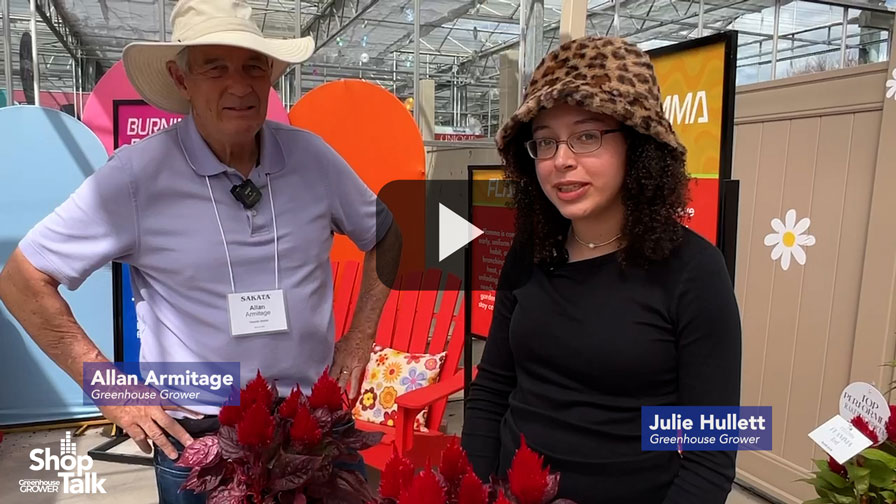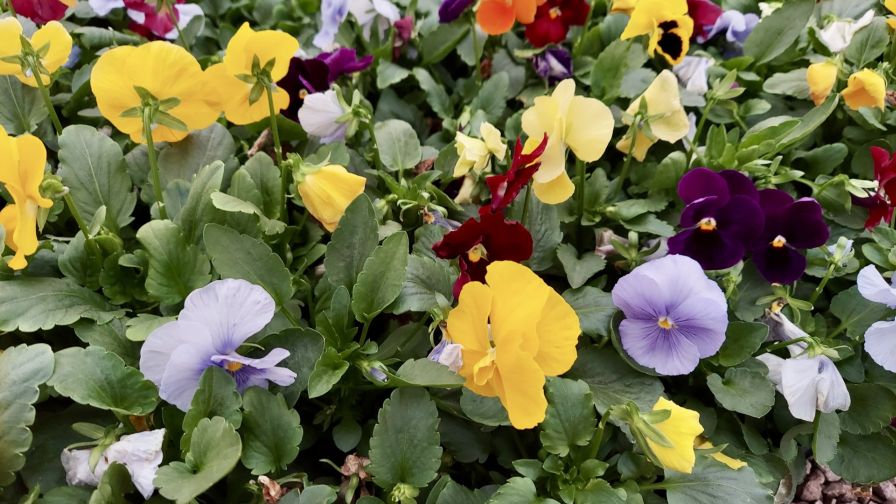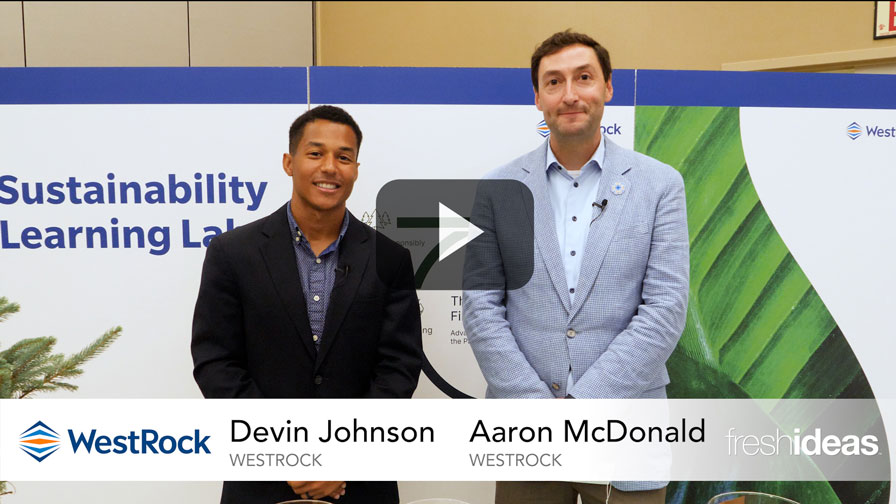Heveco: Next Steps To Managing Through The Peat Shortage
Respect for our environment has always been a company value but in 2011, more than ever, we need to adhere to this value. Weather fluctuations are not expected to stabilize, which means unpredictable harvests from one season to another. Being a peat producer, this year is a wake-up call as Mother Nature has truly been against us during harvest.
This situation brings us to rethink how we can help growers with new peat mixes without compromising performance, as well as help them with advice on making good use of the peat available and with effective solutions that will put less stress on peat inventories.
In a situation of peat shortage, the use of high quality peat should be maintained for crops that are more demanding and that provide added value or higher profit, because it remains the best growing media. Other crops and bedding plants that are more resistant could be grown in mixes that combine a premix of peat with wetting agent and fertilizer, to which other components such as peat humus, decomposed peat, compost, aged bark, coir, rice or peanut hulls, perlite, vermiculite, clay and/or other local agricultural residues could be added.
The mix should be composed of 30 percent at the most of any of these alternative materials. Finding local alternatives can be a challenge.
In cases in which growers would decide on making their own final mix with local components, we strongly suggest getting technical advice and to have the mix tested for physical and chemical properties before use. The choice of material in the mix may have great impact on water management and porosity, but most of all on production success.
Components that are stable in terms of availability and composition should be favored in order to ensure consistency of mix and performance. Whatever the alternative, we must make sure we do not create a shortage with another component or cause environmental stress. Testing and technical advice are available through industry partners such as Heveco.
Since some mixes may have an impact on the growth cycle, it would also be wise to adapt the production schedule based on the crop cycle and use the best peat for crops grown in winter, as well as use alternative mixes for crops grown in spring and summer where the sun and the potential of evapotranspiration are at peak. The appropriate quality mix will have a direct impact on cost savings at the end.
Rethinking how to grow, when to grow and what to grow in will only be beneficial to the entire industry while managing our peatlands in a respectful way.
About the author: Sonia Benoit is the marketing director at Heveco.










